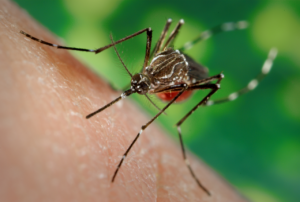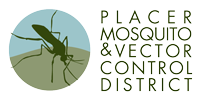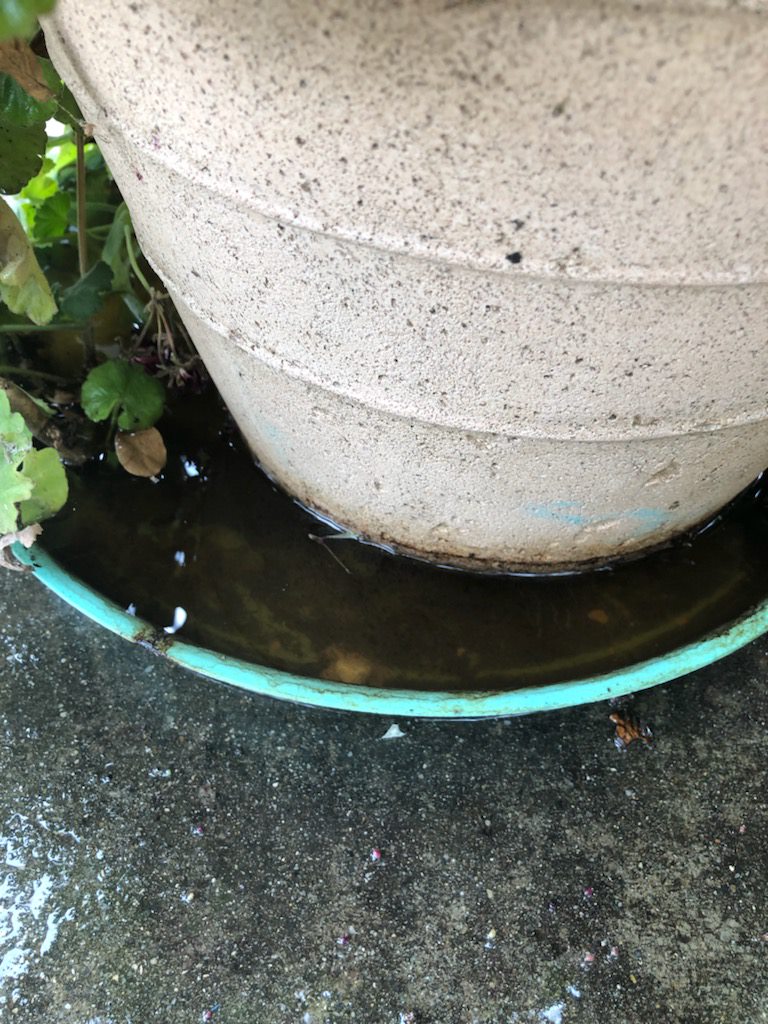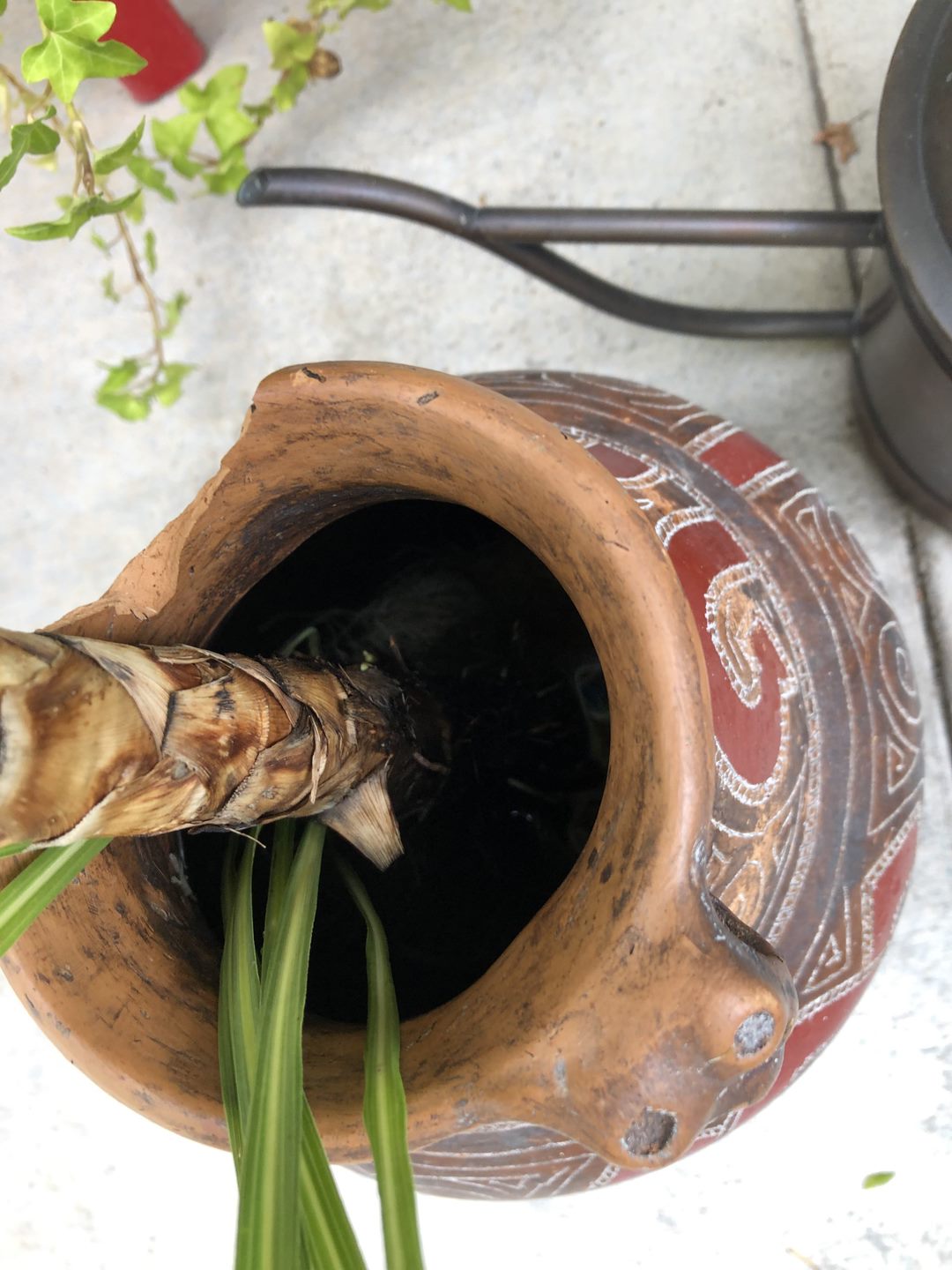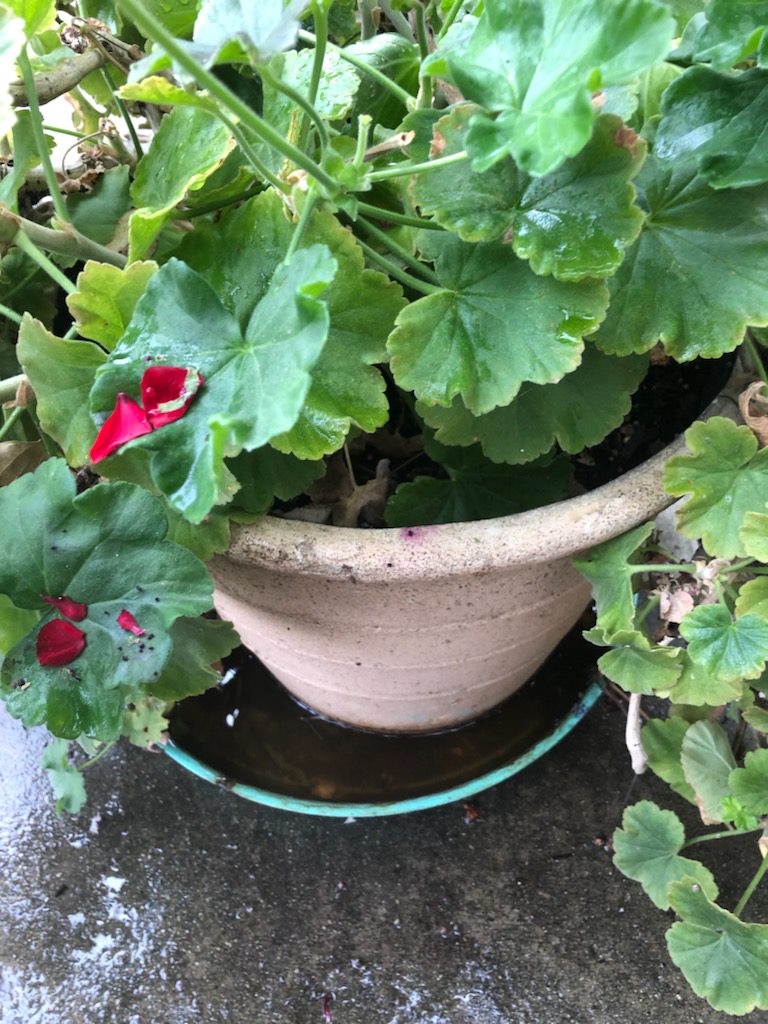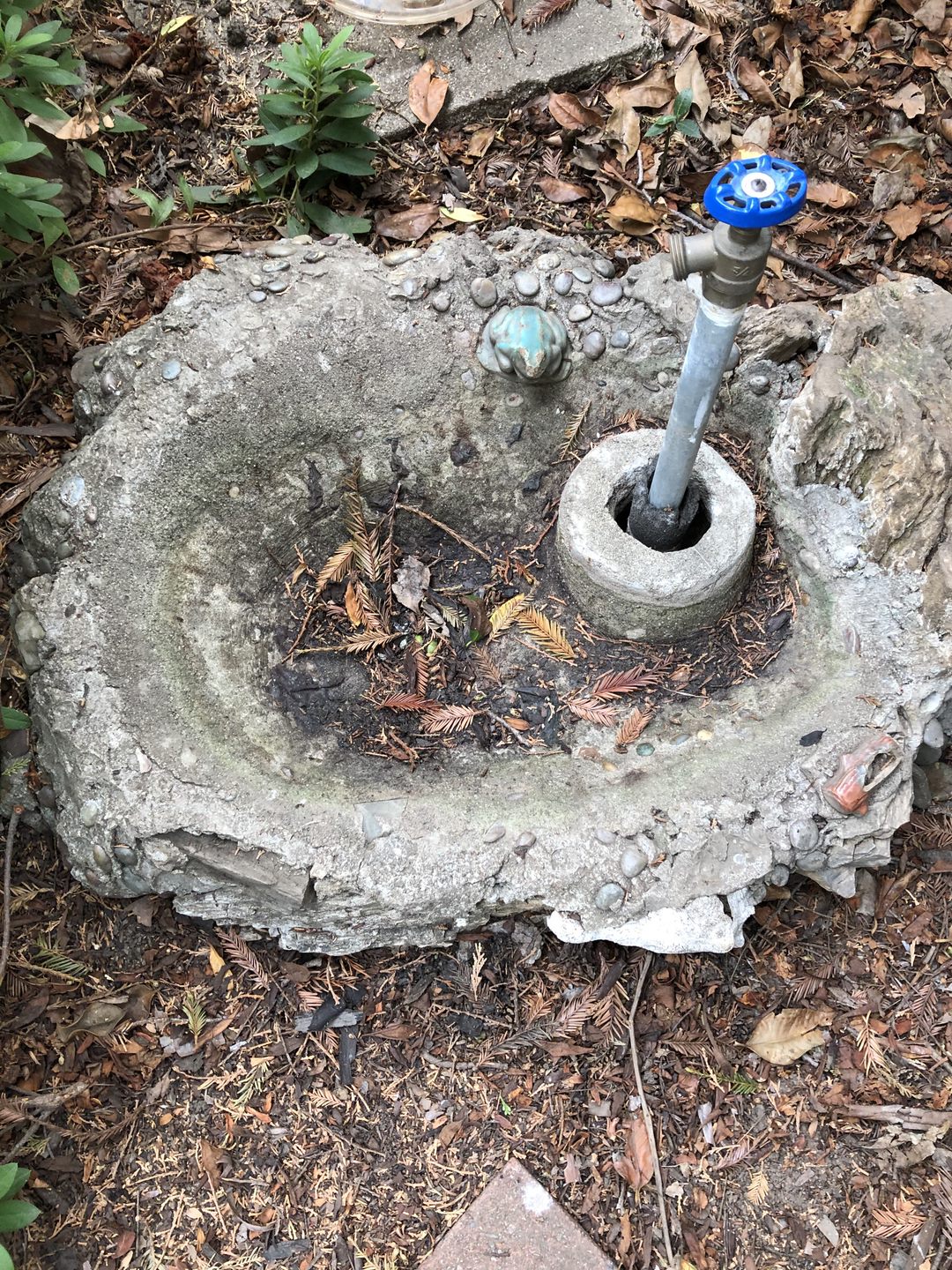The Latest Updates on Invasive Aedes Detections in Placer County
The Placer Mosquito and Vector Control District detected invasive Aedes aegypti mosquitoes in a new area of Roseville on October 12, 2023. Aedes aegypti mosquitoes were found in the Stanford neighborhood of Roseville.
This detection marks the second location where invasive Aedes have been found in Roseville for 2023. Since June 13, 2023, invasive Aedes have been detected in the Cherry Glen, Hillcrest, Cresthaven and Theiles Manor neighborhoods of Roseville.
Placer Mosquito is following its invasive mosquito response plan to determine the extent of the infestation. The District will need residents to help by allowing our technicians to access and inspect front and back yards of nearby properties to these Roseville neighborhoods.
Residents can help eliminate invasive Aedes development sites by checking their yards for standing water sources and eliminating all standing water permanently. Use this checklist to conduct a DIY yard inspection.
- Drain flower pots
- Fill tree holes and hallow bamboo stumps
- Remove discarded tires
- Refresh pet water bowls
- Dump plant saucers
- Store buckets inside
- Stock ponds with mosquitofish
- Eliminate tin cans
- Keep bird baths clean
- Cover rain barrels
- Clean out clogged gutters
- Maintain ornamental foundations
2023 Invasive Aedes Detections Map
Yellow shaded areas in this map identify where invasive Aedes aegypti mosquitoes have been detected in 2023.
Invasive Aedes Response Plan
Placer Mosquito is implementing its invasive Aedes mosquito response plan to monitor and eradicate invasive Aedes activity in the county. The District continues to do backyard inspections and schedule treatments in neighborhoods where invasive mosquitoes have been found. The District is still looking for other invasive detections outside of the detection neighborhoods.
The District uses a science-based, Integrated Vector Management approach to assess mosquito activity and conduct appropriate mosquito control. The District’s approach for the detected mosquito area is conducting door-to-door property inspections, setting mosquito traps to determine the infestation level, and conducting localized truck-based larvicide applications to treat standing water in containers, potted plant drip trays, or other sources of water where invasive mosquitoes can breed.
Where Invasive Aedes Hide
These are photos of actual locations where invasive Aedes aegypti mosquitoes were detected in our county. Invasive Aedes are known to like cryptic water sources like plant saucers and yard drains. They need little amounts of water for their eggs to survive. It’s important to completely remove standing water from your property to make your home an Aedes-free space.
History of Invasive Aedes Mosquitoes in Placer County
- August 29, 2019 – First invasive Aedes aegypti mosquito detected in south Placer County
- Summer 2020 and 2021 – No invasive mosquito detections
- July 14, 2022 – Aedes aegypti mosquito found in Granite Bay
- August 3, 2022- More Aedes aegypti mosquitoes and larvae detected in Cresthaven, Theiles Manor, Cherry Glen and Hillcrest neighborhoods of Roseville
- June 13, 2023 – Aedes aegypti mosquito found in Cherry Glen neighborhood of Roseville
- Summer 2023 – Aedes aegypti mosquitoes endemic in Cherry Glen, Hillcrest, Cresthaven and Theiles Manor neighborhoods of Roseville
- October 12, 2023 – Aedes aegypti mosquitoes found in Stanford neighborhood of Roseville
How to Protect Yourself from Invasive Aedes
- Report unusual, daytime mosquito biting to the District
- Eliminate standing water, runoff or pooling from irrigation systems
- Use EPA-registered repellents to prevent mosquito bites
More Information About Invasive Aedes Mosquitoes
